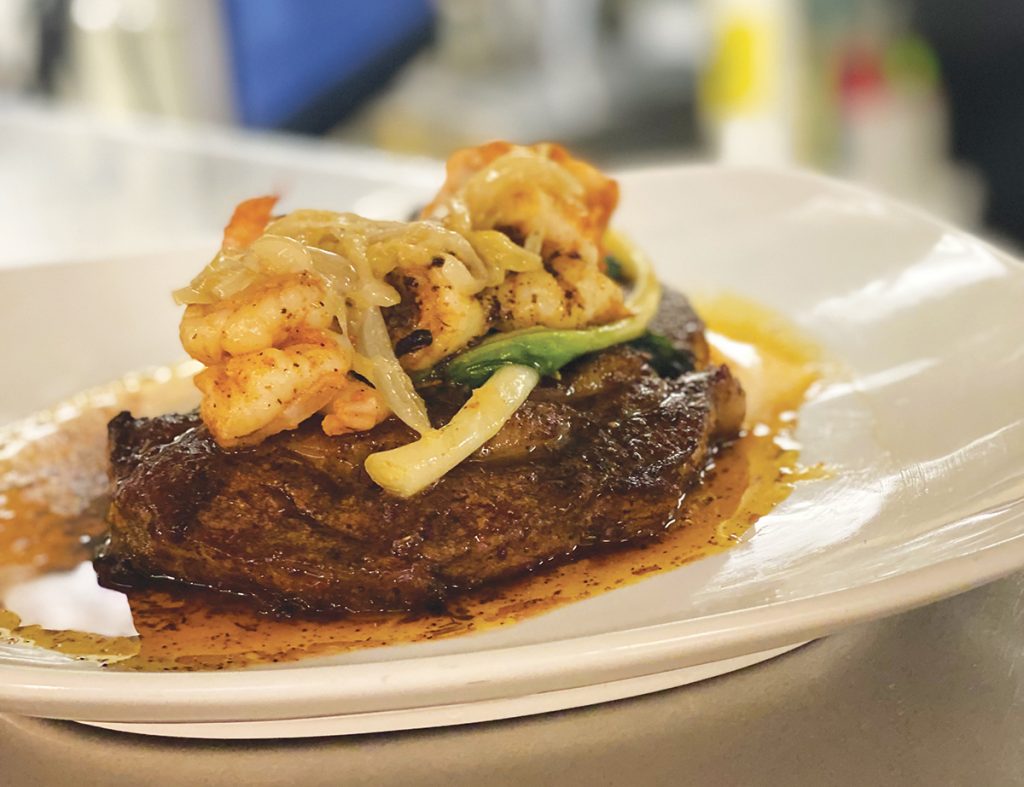 By Paul Suplee, MBA, CEC, PC-3
By Paul Suplee, MBA, CEC, PC-3
There is very little in this business that surprises me anymore. It is almost as though waking up simply means another challenge and another unrealistic obstacle to overcome.
Through it all in contemporary times, it also means not only a shortage in food product (at prices that are rising astronomically) but also a labor shortage. And, we are getting very tired.
A chef is nothing without his kitchen crew. A restaurant owner is nothing without the entire staff. We are in the people business, and when the people aren’t running out to fill the spaces available, we are left with huge holes in the schedule. But, as long as you have good staff, it is amazing how much can be done in a short period of time if everyone plays along.
Here is where it becomes critical for chefs to train their staffs, and train them well. It does not matter if we are talking about high school kids or grown adults. You must train your staff. When I ran the kitchen at the Ocean Pines Yacht Club, I had one older woman as a prep cook, and the rest of the staff was comprised of teenagers. Now, those kids are grown and some are great chefs who have travelled the world, one became a police officer and a lawyer and others are still grinding it out in the business as cooks. But, we survived that summer in one piece.
One’s skillset is imperative in our field. A decent cook needs to know how to filet a fish, break down steaks from primal cuts, saute, fry, clean shrimp, fabricate chicken and myriad other skills. And it is the chef’s job to ensure that this happens.
When I was coming up in this business in the early ’80s, we had three primary books. These were le Guide Culinaire, Larousse Gastronomique and Mastering the Art of French Cooking. Nowadays, everyone has unlimited access to every food known to man through their cellphones, and what a resource that can be for young cooks.
When you build your crew properly, you will see that they can put the basics together, leaving you with dish after dish of perfect taste and presentation. And then you go home, often too tired to cook for yourself.
True to the adage that the cobbler’s children have no shoes, a chef’s home is seldom filled with the wafting aromas of freshly cooked foods. Yes, it is true. I eat out quite a bit. After a day of running around to the different restaurants, trying to strike deals on new ones, teaching (only a few weeks left in the year) and dealing with paperwork, the last thing that I want to do is go home and cook dinner. Once things settle down a little bit, I am sure that I will get back to it, but for now, I like to let someone else do the cooking.
For now, I will be happy to let my staff practice their craft and cook to their heart’s content. And if they follow the basics, we will always see hearty and proper dishes. I don’t need any more surprises.
Ribeye, Braised leeks & Ramps, Garlic Shrimp
serves 4
4 ea. Ribeye steaks (size of your choice, but thicker is better)
Seasoning, as needed
16 ea. Large or jumbo shrimp
1/4 c. Garlic butter
1/4 c. Brown butter (recipe follows)
2 c. Braised leeks (recipe follows)
1. Season the steaks and heat up the grill.
2. Grill the steaks to the doneness of your liking, and set aside while the rest of the dish is cooking.
3. Season shrimp with some salt and pepper and saute in garlic butter. Make sure not to burn the garlic butter, as you do not want to make the garlic bitter. I write about that often: If you burn the garlic, that is the point of no return.
4. Top the steak with the braised leeks, and then top that with the shrimp
5. Drizzle brown butter over the dish and serve.
Braised Leeks
makes about 2 cups
8 oz. Whole, unsalted butter
1 c. Leek whites, fine julienne
1/2 c. Shallots, fine julienne
1/2 c. White onion, fine julienne
3 Tbsp. Roasted garlic
1 c. White wine
1. Melt butter in a pan over medium heat, but do not brown.
2. Add the three onions and cook, stirring often, for about 15 minutes.
3. When the leeks and onions are nice and tender, add the garlic and stir. If you roasted your garlic correctly, it will break down and add to the creaminess.
4. Add white wine and reduce by half.
5. Season to taste and keep warm until ready to serve.
Brown Butter
makes about 1/2 cup
1/2 # whole, unsalted butter
1. Melt the butter in a pan, being careful not to scorch it.
2. When the butter has separated into its ubiquitous three layers, carefully skim most of the foam off of the top, leaving the butterfat and the liquid.
3. As the water cooks off in the bottom layer, you will be left with some proteins that will start to brown. As the name suggests, let this go until the butter has a pronounced nutty smell and that glorious brown tint.
4. Strain through cheesecloth and reserve the brown butter for service. This cools and stores well in the icebox.
—Paul Suplee is a Professor of Culinary Arts
at Wor-Wic Community College and owner of boxcar40.
Visit him at www.boxcar40.com.
